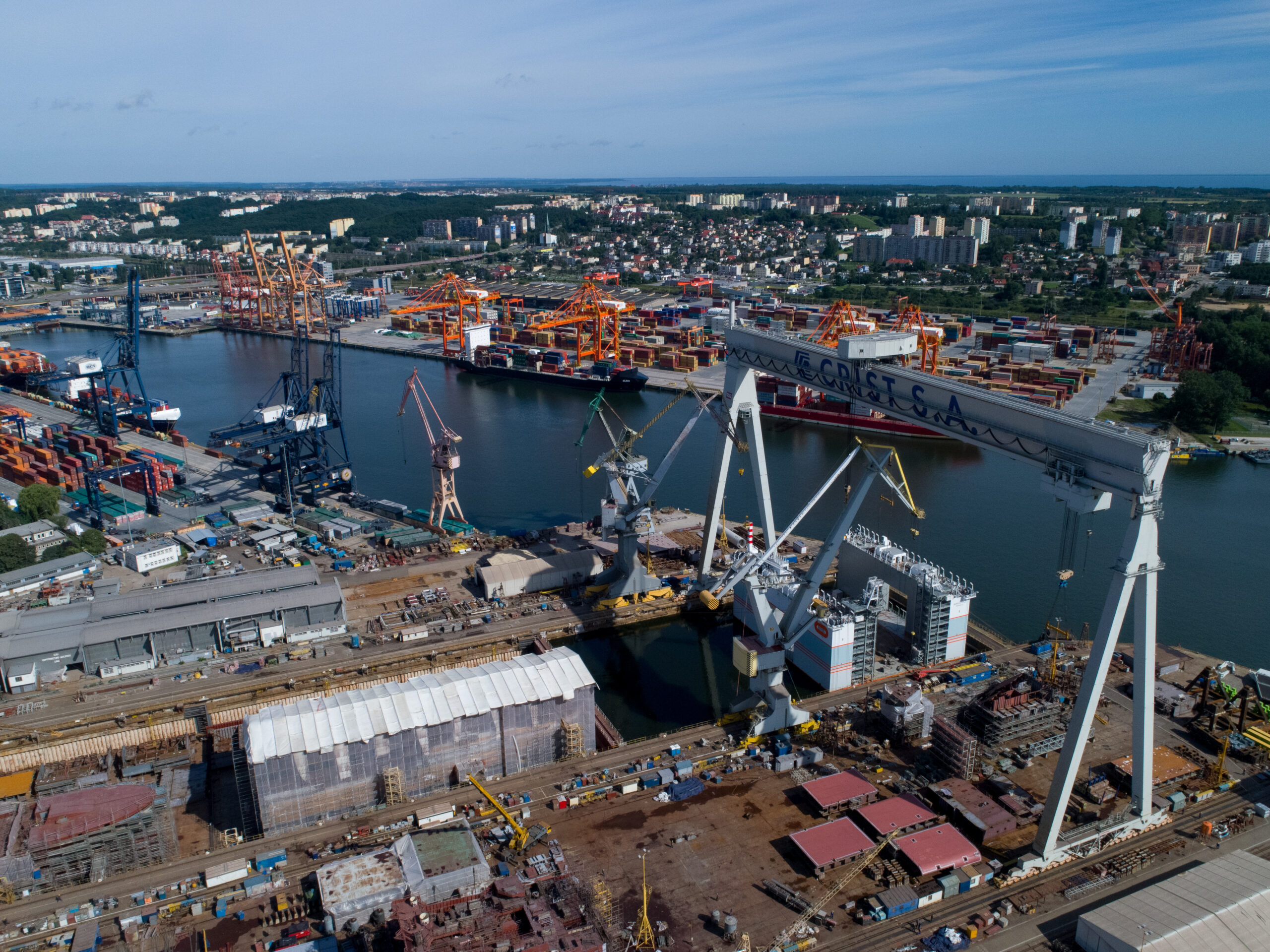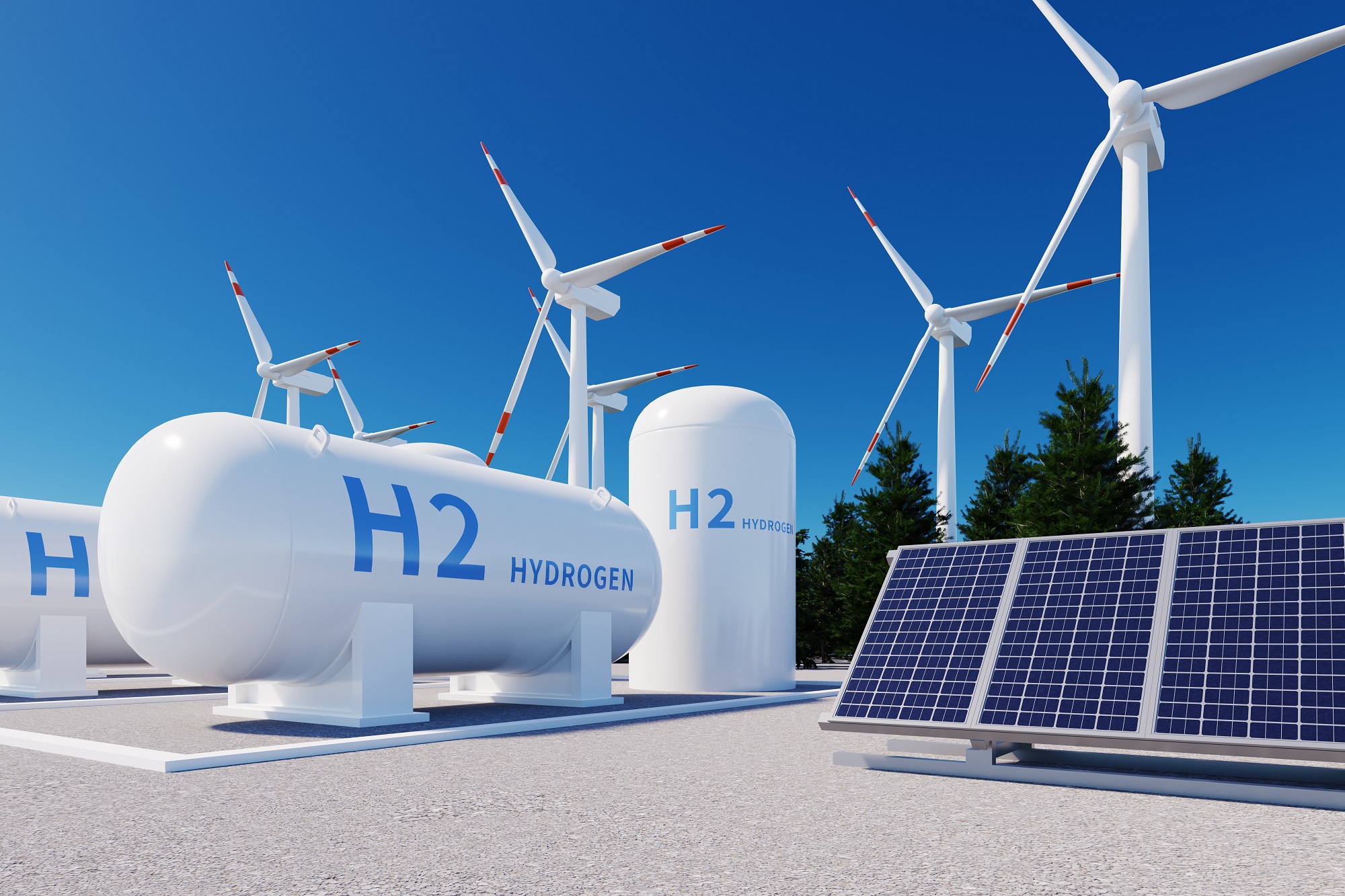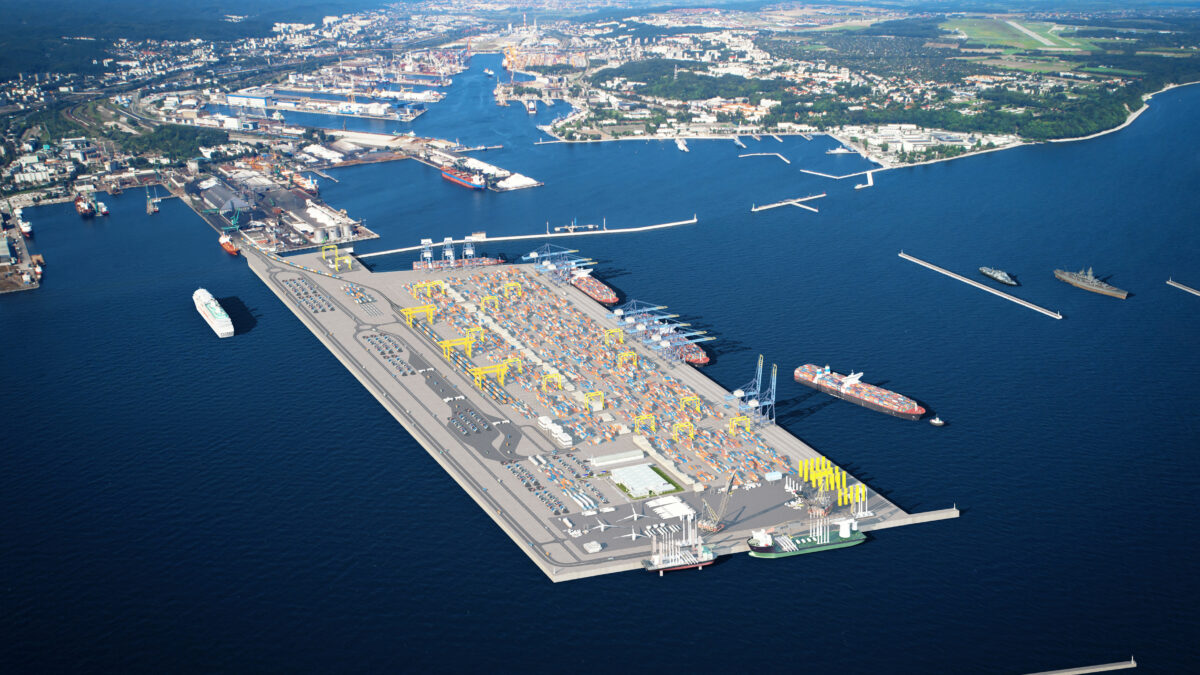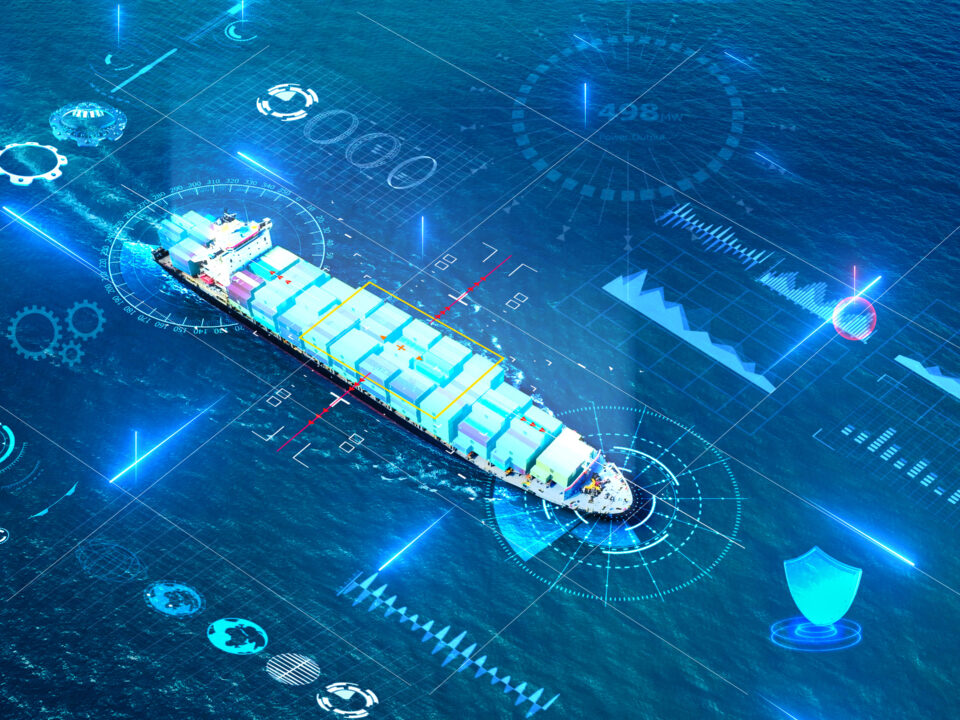
High-tech industry
1 July 2024
In wait for hydrogen
15 July 2024In the next few years, new deep-water terminals should appear and start operating in Poland. Along with these projects, will there also be new roads to ensure efficient and collision-free access, and at what stage are the planned transport projects?
One such project is the construction of a deep-water container terminal in Świnoujście. The investor, i.e. the Szczecin and Świnoujście Seaports Authority, already has the environmental decision for this facility. One of the next steps will be, inter alia, the signing of an agreement for a 30-year lease of the terminal with the Belgian-Qatari consortium Deme Concessions N.V and Qterminals W.L.L. (a preliminary agreement for the lease, financing, construction and operation of the terminal was signed last summer). The current project schedule calls for the terminal to be operational in late 2027/early 2028. The terminal’s target capacity will therefore be 2 million TEUs, which is almost as much as the Baltic Hub handled in 2022.
Road connection to the terminal will be provided, among other things, by the S3 expressway, currently under construction, which is to connect Świnoujście with the border with the Czech Republic in Lubawka (Lower Silesian Voivodeship). Currently, the construction of this important route is about 80% complete, with the connection between Kamienna Góra and Bolków (Lower Silesian voivodship, to be ready in mid-2024) missing, and a 33 km section between Troszyn and Świnoujście under construction, to be completed in late 2024.
The 470-km-long S3 expressway is expected to make it possible to reach the border with the Czech Republic in around four hours; however, the next section of the route, the one under construction at our southern neighbour, will be completed in several years. The Czech D11 motorway, which will be linked to the Polish motorway, is to be ready by 2027.
In Gdynia, on the other hand, a 151-hectare Deepwater Outer Port is to be built on the extension of the Swedish and Silesian quays. Although its main role will be container handling, it may also handle military cargo, wind farm components, general cargo, project cargo and ro-ro handling.
Ultimately, the Red Road is to lead to this site, which will bypass the congested and passenger traffic-intensive Kwiatkowskiego Fly-over. The investor for this road is the General Directorate for National Roads and Motorways, and the entire work is to be divided into three stages – the Morska junction – the Kwiatkowskiego junction, the Kwiatkowskiego junction – the Ofiar Grudnia 70 junction, and the final stage – the Ferry Terminal junction. There are two problems with the fastest possible completion of this road, the first being that the work is at an initial stage of advancement – a programme concept is being prepared for section I, and a traffic study for the other sections. According to the latest declarations of the General Directorate for National Roads and Motorways, the first section of the Red Road will be commissioned in 2032 at the earliest.
The Port of Gdynia is also about to prepare to the continuation of the Red Road to the Outer Port from the Ferry Terminal junction (as it will be playing the role of investor of this section of the road). In January 2024, a contract was signed with the Highway company to carry out the design work along with obtaining a building permit for this section; the project is expected to be completed in 2026.
Work is also underway on the preparation of the Outer Port. Important milestones in this project have already been reached. Namely, the Port of Gdańsk already has an environmental decision, geological surveys and approved geological and engineering documentation, as well as documentation for the silting of Basin II of the Port of Gdynia (a construction tender will be announced soon); bids for the construction of breakwaters have also been opened, and work is underway to select contractors for this work. The Outer Port is to be built based on a public-private partnership, and the Port of Gdańsk has invited all 4 bidders who participated in the tender to submit their final bids: the consortium of Meridiam Eastern Europe Investments 4 SAS (based in Paris) and Gdynia Terminal Holding SAS (based in Marseille), the consortium of Hutchison Ports Poland (based in Luxembourg) and Port of Felixstowe Limited (London) and the companies: International Container Terminal Services Inc. based in Manila and the Krakow-based company, Mota-Engil Central Europe PPP Road.
Details of the current shape of the deep-water Port of Gdańsk Central Port, which is to be built on the silted part of the basin between Westerplatte and the entrance to the port, may be revealed in July this year at the latest. It is then that the Port of Gdańsk may announce the results of a competition to select an investor for the facility (there is currently one investor interested in its construction and operation).
What about new roads to the Central Port? The conceptual assumptions for the facility, which were created in 2019, mention such projects. One element of the concept is the construction of a railway siding for the Central Port. The length of the designed siding tracks is more than 30 km, and the total length of roads, flyovers, and connectors planned for conversion and expansion exceeds 3 km.
Port representatives emphasise, however, that the study from several years ago is a proposal, and that the final shape of the solutions will depend on the investor’s expectations.
Initial cost estimates for the construction of the Central Port amount to approx. PLN 13 billion. The area of approx. 410 hectares may accommodate container, ro-ro, chemical, LNG and grain terminals, and even a passenger and cruise section. An important effect of the construction of the Central Port of Gdańsk is to be the relocation inland of operational activities that are burdensome to local residents.
Article developed with Namiary na Morze i Handel magazine
phot. Namiary na Morze i Handel magazine






